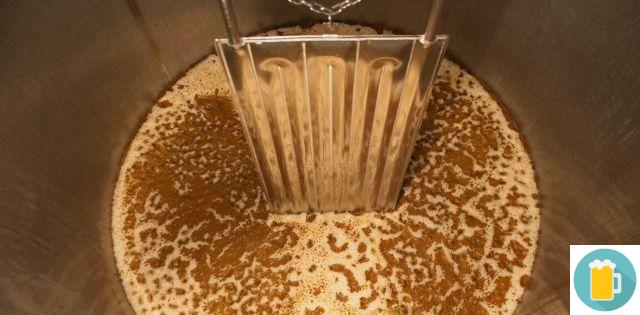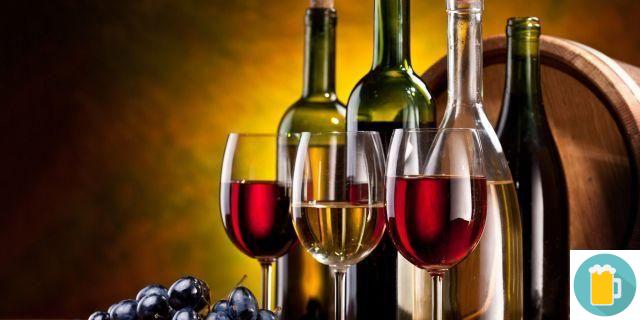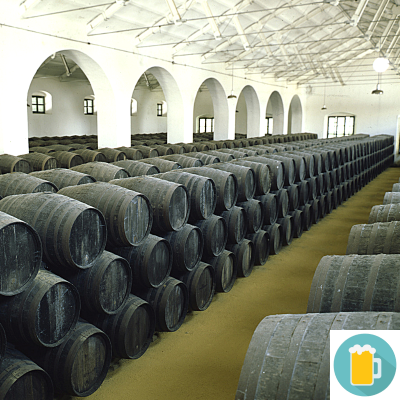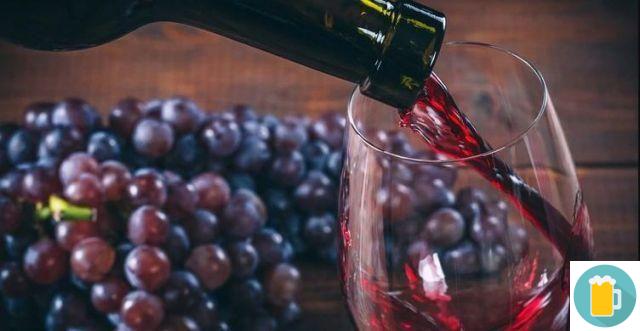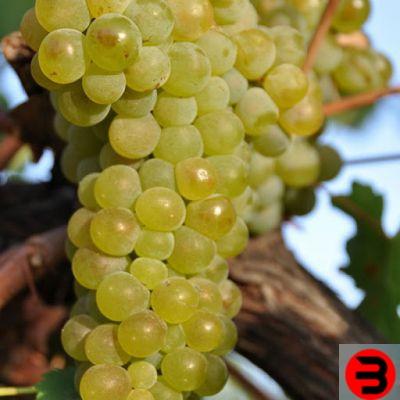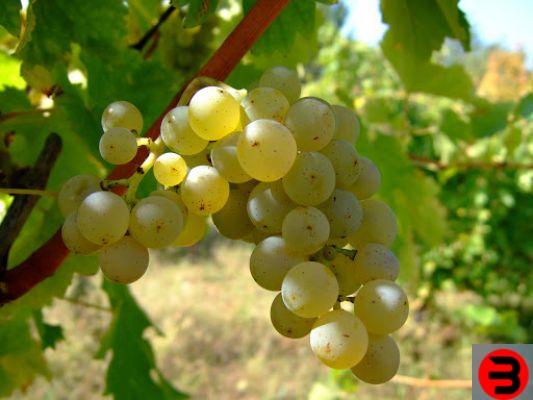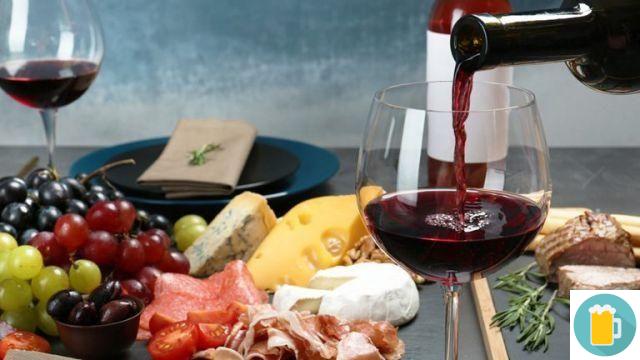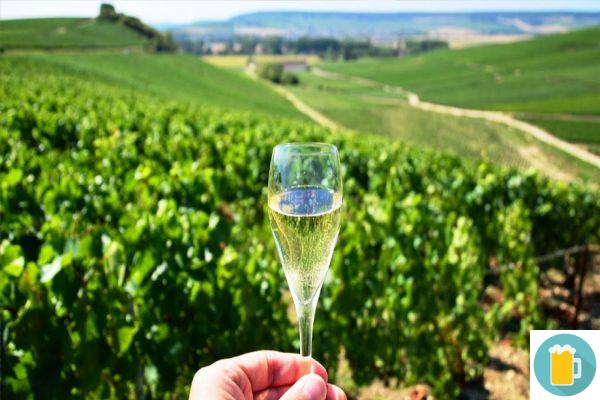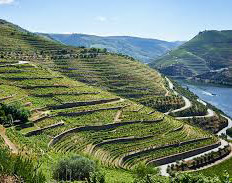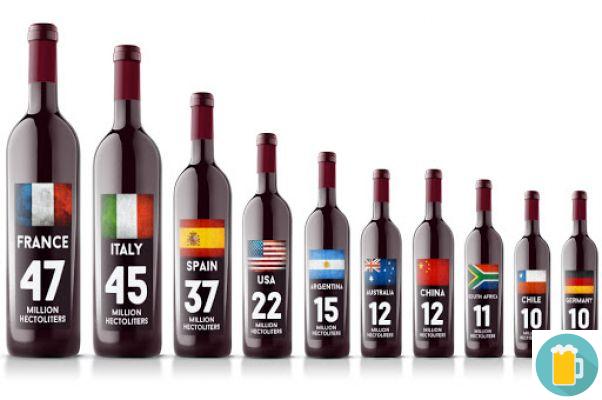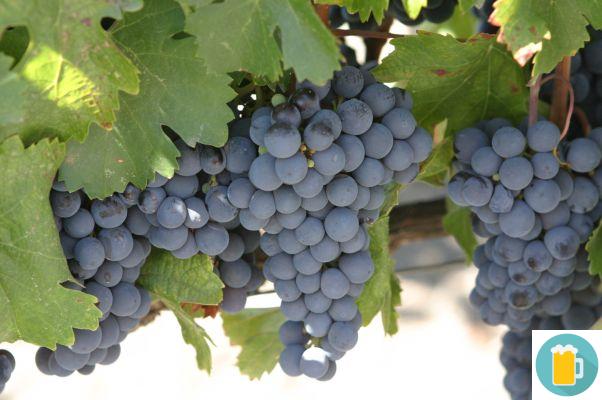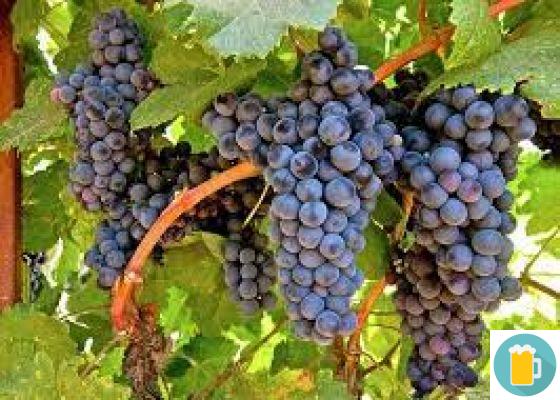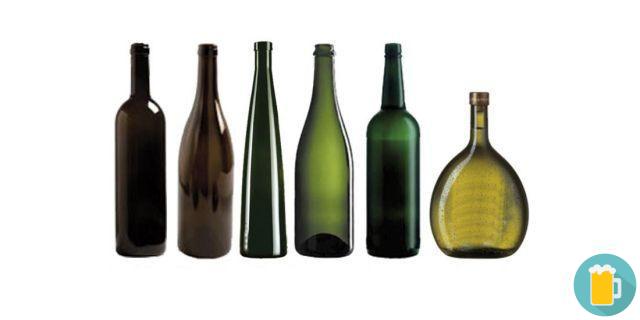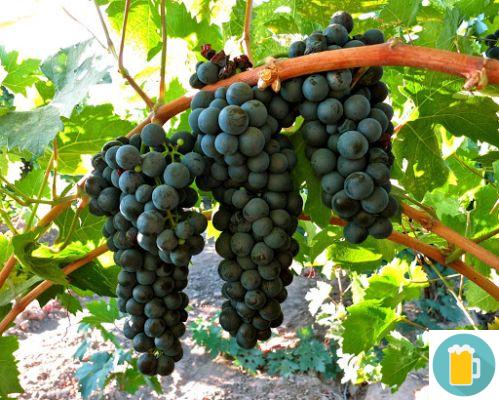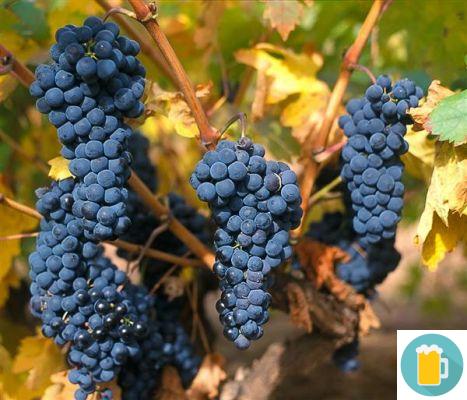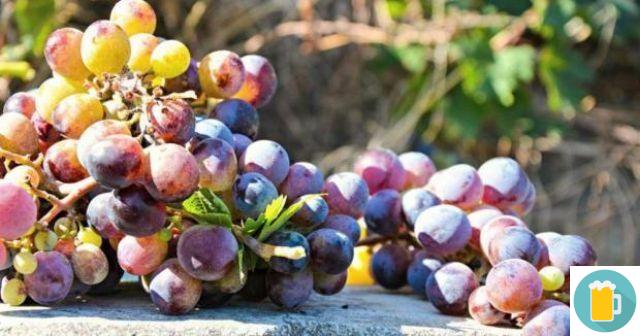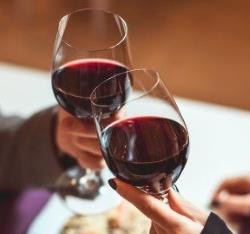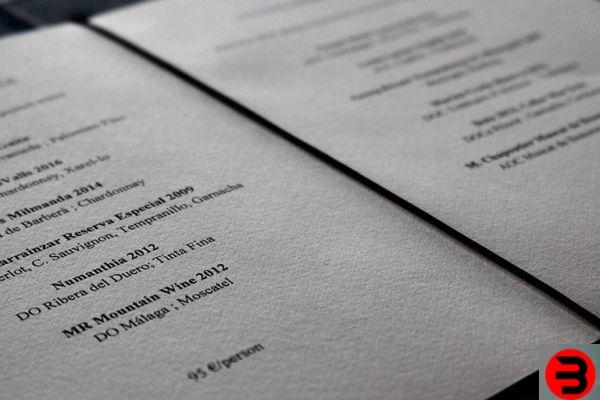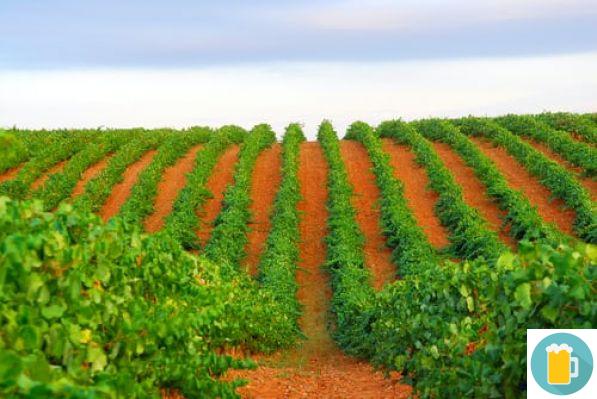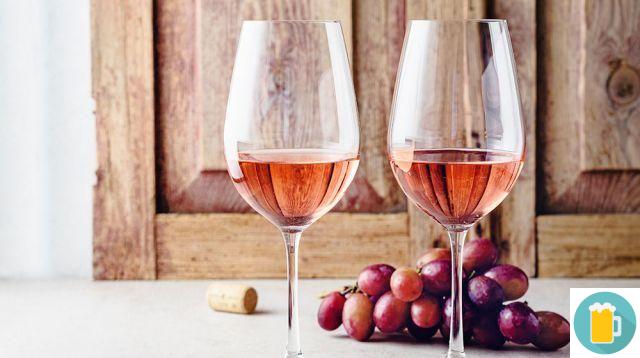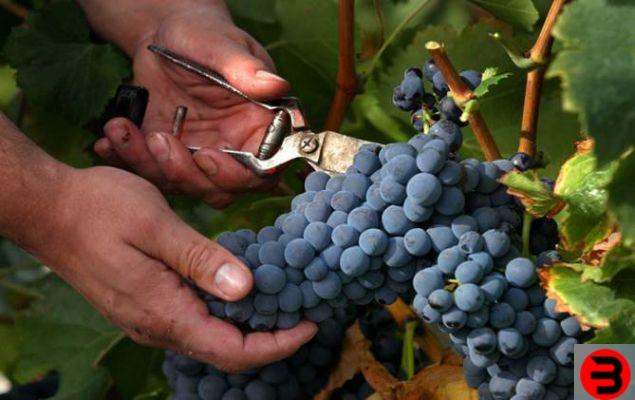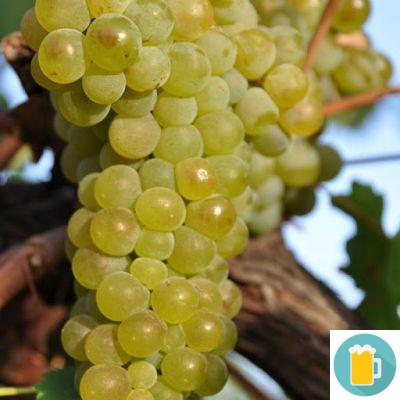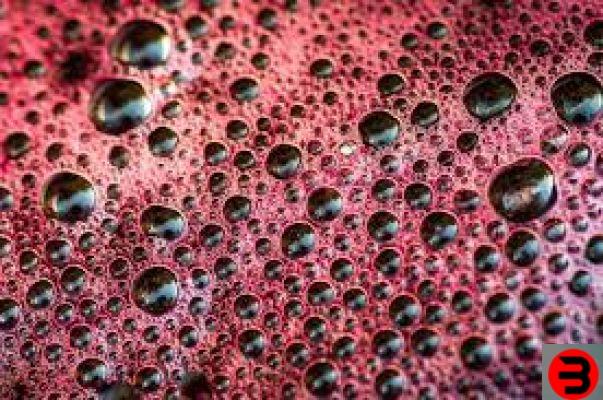We all know there are different types of wine, which correspond to real “Styles of winemaking“, Each of which has its own organoleptic characteristics and is paired with food in a different way. Let's see them in detail:
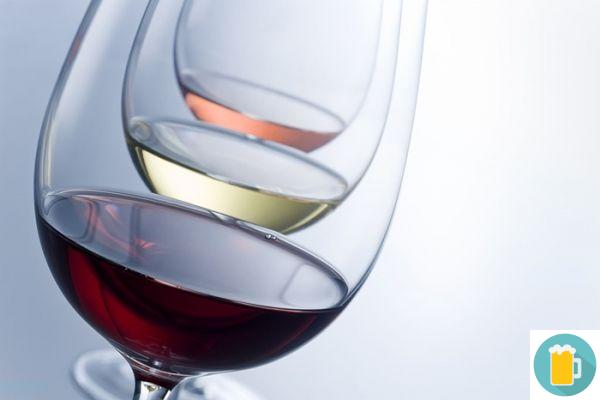
1. Sparkling and sparkling wines
The characteristic of the sparkling and semi-sparkling wines is l 'carbon dioxide, which, dissolved in the wine closed in the bottle under pressure, is released at the moment ofaperture, generating the foam and bubbles. If the pressure generated by the carbon dioxide in the bottle is less than 2,5 atmospheres, let's talk about sparkling wines, if it's top a 3,5 atmospheres, of sparkling wines. In practice, the difference is given by the quantity of gas released when the bottle is opened, by the number and by the persistence of bubbles and foam. Sparkling wines and sparkling wines are produced through refermentation of a base wine, suitably added with XNUMX/XNUMX cup sugar e yeast, both bottled (ancestral method o classic method) and in tanks (autoclaves), followed by thebottling (metodo Charmat). Fresh and bubbly, they are ideal for appetizers (sparkling and light sparkling wines), for i desserts especially the leavened ones (pandoro and panettone) in the case of sweet wines, but also throughout the meal, especially with fish dishes (sparkling wines classic method).
2. Light white wines
I light white wines, fresh and easy to drink, they are suitable both to accompany appetizers, that first courses and fish-based courses. They are produced through the white vinification, removing the skins, pomace and pips after blasting and fermenting them by controlling the temperature to avoid excessive raising. They are then aged for a few months in inert containers (steel, concrete, fiberglass) before bottling.
3. Structured white wines
I structured white wines, are more concentrated and full-bodied, have greater content alcohol and greater intensity of scents. I'm up to date courses of fish also complex and structured, but they are also accompanied by a white meat e cheese medium seasoned. Often, though not necessarily, they are done ferment in small barrels wooden (barrels) where they stop on the yeasts and often do the fermentation malolactic, which reduces theacidity and increases moribidity. Sometimes they can stay for a few months in oak barrels before bottling and marketing.
4. Aromatic white wines
Obtained from vines aromatic, that is, those varieties of screw whose berries (berries) have a strong natural fragrance, which we then find in wines, aromatic wines are usually white (with some notable exceptions, including the Moscato di Scanzo DOCG and Brachetto d'Acqui DOCG) and generally suitable for both sparkling wine than withering. Moscati and Malvasie are some examples, but also the Gewürztraminer and Riesling. THE sweet wines thus obtained they are ideal to accompany leavened cakes if sparkling or sparkling, confectionery but also blue cheeses if you stop or raisins. THE dry wines they are suitable to accompany very tasty and fragrant dishes, such as the dishes of certain oriental cuisines.
5. Rosé wines
Long forgotten, i wines rosé they have recently been rediscovered by the public and are a great success thanks to their freshness and liveliness. Characterized by fresh fruity and floral aromas, i rosé wines they are excellent appetizers, accompany the antipasti based on cured meats, they are ideal if combined with young cheeses and in general for all summer dishes, including vegetables. There pasta with tomato fish sauces, which combine the delicacy of fish with structure of the sauce goes perfectly with a pinkish. Rosé wines are also an ideal pairing with the carpaccio both meat and fish, such as tuna and salmon and the grilling in general. I rosé wines they are obtained mainly in two ways: by means ofblending of white and red base wines (in the case of sparkling wines) or by means of a short or very short one maceration on the skins of black grape must (the most common case).
6. Light red wines
I light red wines are obtained with simple winemaking styles, which involve not very long periods of persistence of the musts on the skins, periods of aging generally short and no passage or meturation in wooden barrels. Even the type of grape variety office workers plays a vital role, not to mention the climate (the warmer climates, characteristic of the southern areas, favor the sugar maturation and consequently thealcoholicity of the wines produced). Young red wines produced in areas with a relatively cool climate (central-northern Italy for example), they are particularly suitable for grilling, accompanied by cold cuts, broth soups and medium-aged cheeses.
7. Medium-bodied red wines
I medium-bodied red wines they are generally also obtained with simple vinification styles and placed on the young market (the following year harvest), but the characteristics of the vines with which they are produced and / or of area of origin, make them more structured, richer in tannins and suitable for accompanying red meat dishes, grilled or roasted. Classic examples are i Merlot and Cabernet Friulani, the wines of the Chianti in Tuscany., Montepulciano in Walk e Abruzzo, and countless other examples from the Latium down.
8. Full-bodied red wines
I full-bodied red wines they are obtained through more complex vinification styles and after periods of aging in wood, sometimes even very long. To obtain these results, the basic raw material (grapes) must also have the right characteristics. They will therefore employ grape varieties characterized by high acidity and tannins (substances essential to ensure its longevity) and grown in vineyards with rather low yields (to favor the concentration of extracts in grapes). The musts obtained, subjected to rather long macerations in contact with the skins and seeds, after fermentation are transferred to large or small wooden barrels (barrique) depending on the type of wine and the traditions of the place of origin. After doing the malolactic fermentation, which slightly lowers its acidity and increases its softness, the wines remain a to mature in barrels for a few years (1-4 minimum, in general) before bottling. The wines thus obtained are suitable to accompany important red meat dishes, such as braised meats, or based dishes game, both from feathers and from fur, or long-aged cheeses.
9. Dessert wines
As dessert wines we actually mean typology very different from each other. We have already seen the case of sweet sparkling or semi-sparkling wines and of dessert wines. To these are added the wines liqueur or fortified (when sweet). These, as in the case of the Porto, the Sherry and Marsala, are obtained by stopping fermentation by adding alcohol in the form of brandy and then subjected to long aging which, in the cases mentioned, also entails the permanence of the wine in full barrels and therefore its partial oxidation. The sweet sparkling wines they are more suitable to accompany the leavened cakes, since the foam helps to refresh the mouth from the buttery notes of these desserts, while i dry and liqueur wines they are better suited to small pastries and blue cheeses.




